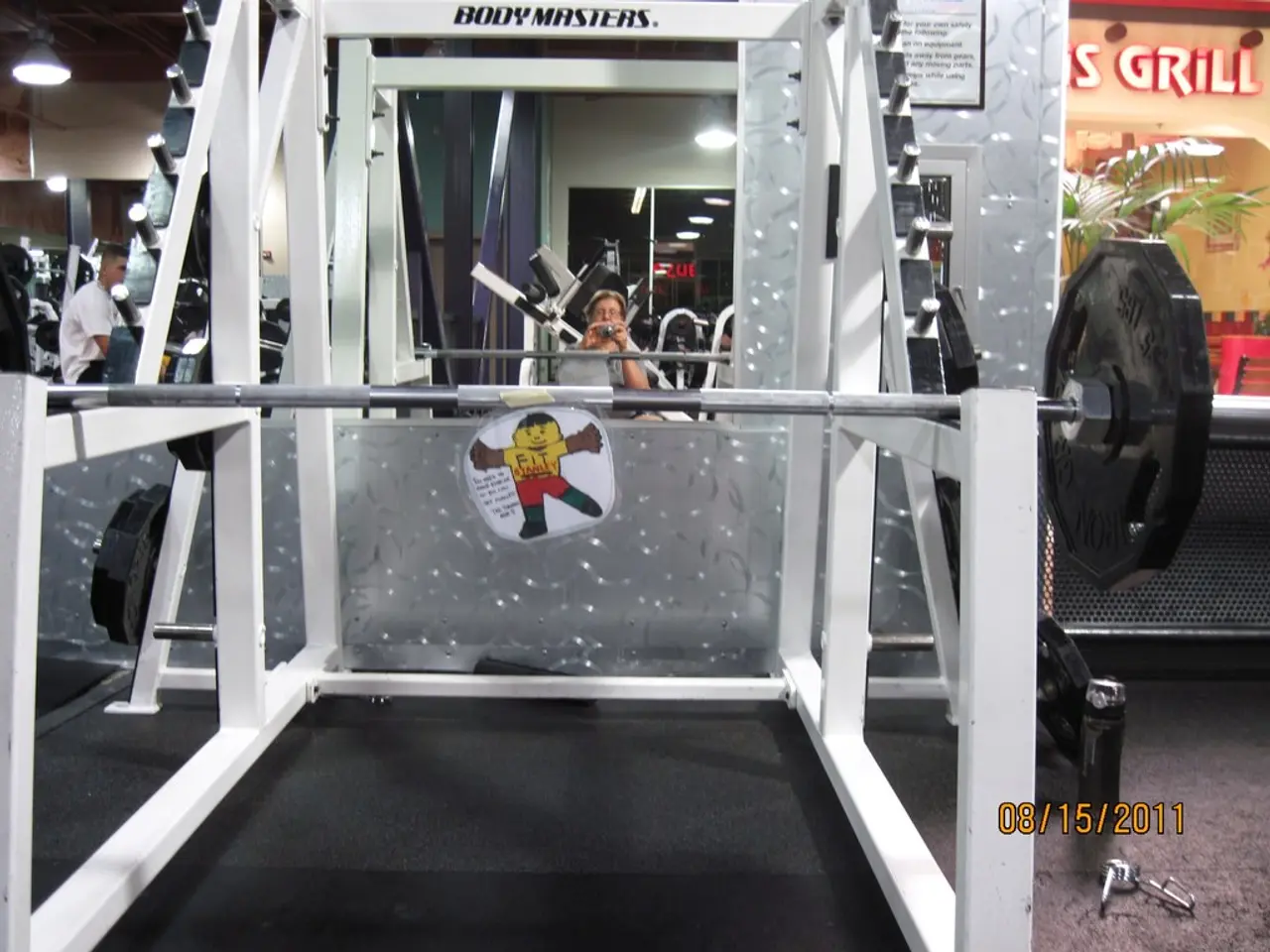Every Woman Over 45 Should Master These 5 Fundamental Strength Assessments
Staying active and maintaining functional strength is crucial for women over 45. Here's a breakdown of recommended strength tests that focus on real-life activities, balance, and muscle function.
Key Tests for Functional Strength and Mobility
- 30-Second Sit-to-Stand Test This test measures lower-body strength, balance, and coordination. Sit on a sturdy chair with feet flat, arms crossed, press through heels to stand up, and lower back to seat in a controlled motion. Repeat as many times as possible in 30 seconds. A good performance is 10 to 14 reps, an excellent performance is 15 or more reps, and a need for improvement is fewer than 10 reps.
- Three-Move Functional Mobility Test This test includes the Deep Bodyweight Squat Hold, Single-Leg Stand Eyes Closed, and Wall Shoulder Flexion Test. Completing these with control indicates good joint mobility, muscle coordination, and core stability.
- Grip Strength Measurement Using a hand-held dynamometer, grip strength correlates strongly with overall muscle function and health. It is considered a vital sign of aging muscle health and functional capacity.
- Five-Times Sit-to-Stand Test A quick measure of lower-body power and endurance; faster times correlate with better mobility and reduced fall risk.
- Additional Flexibility and Strength Assessments Tests of spinal, hip, and shoulder mobility, as well as resistance-based strength tests for abdominal, back, leg, and arm muscles, can further delineate functional capacity and deficits.
How to Improve Scores on These Tests
- Progressive Strength Training focusing on functional movements like squats, push-ups, and pull-ups builds muscle capacity. Aim for these benchmarks: 10 push-ups, 1 unassisted pull-up, and 25+ bodyweight squats.
- Balance and Core Stability Exercises such as single-leg stands, yoga, tai chi, or Pilates improve control during functional movements and reduce fall risk.
- Mobility Work—regular stretching and joint mobility drills targeting the shoulders, hips, and spine—enhance range of motion necessary for tests like the wall shoulder flexion and deep squat hold.
- Grip Strength Training using handgrip exercises or resistance equipment improves hand and forearm strength, aiding overall function.
- Consistent Practice of Test Movements to build familiarity, confidence, and neuro-muscular coordination, while ensuring proper form to avoid injury.
- Healthy Lifestyle Measures such as adequate protein intake, weight management, and cardiovascular conditioning support muscle health and functional capacity.
Additional Strength Tests
- The Loaded Carry measures full-body strength, grip endurance, and core stability. An excellent performance is 60 seconds or more, a good performance is 30 to 59 seconds, and a need for improvement is less than 30 seconds.
- The Forearm Plank tests your entire midsection, including deep core stabilizers that protect your spine and keep your body steady during movement.
- Max Jump Squats in 30 Seconds measures lower-body strength, coordination, and cardiovascular endurance. A good performance is 12 to 19 reps, an excellent performance is 20 or more reps.
- The Wall Sit torches your quads and glutes while testing your lower-body endurance. An excellent performance is 60 seconds or more, a good performance is 30 to 59 seconds, and a need for improvement is less than 30 seconds.
Building strength doesn't require hours in the gym. Consistent training in the right areas can help you crush these tests and feel stronger every day. Regular reassessment helps track progress and adapt programs accordingly.
- Engaging in fitness-and-exercise routines that incorporate workouts like the 30-Second Sit-to-Stand Test and the Five-Times Sit-to-Stand Test is beneficial for women over 45 as they promote functional strength and mobility.
- Improving scores on the Three-Move Functional Mobility Test, which includes exercises for joint mobility, muscle coordination, and core stability, can be achieved through regular balance and core stability exercises like yoga, tai chi, or Pilates.
- To prepare for health-and-wellness tests that focus on exercise like the Grip Strength Measurement and the Loaded Carry, one may consider engaging in progressive strength training that focuses on functional movements and handgrip exercises.
- In order to address deficits in flexibility and strength, additional assessments such as the Forearm Plank, Max Jump Squats in 30 Seconds, and The Wall Sit can be incorporated into a wellness-focused workout routine.
- Supporting muscle health and functional capacity remains crucial for women over 45 even outside of exercise, therefore adopting a healthy lifestyle by managing weight, consuming adequate protein, and maintaining cardiovascular conditioning is essential.




